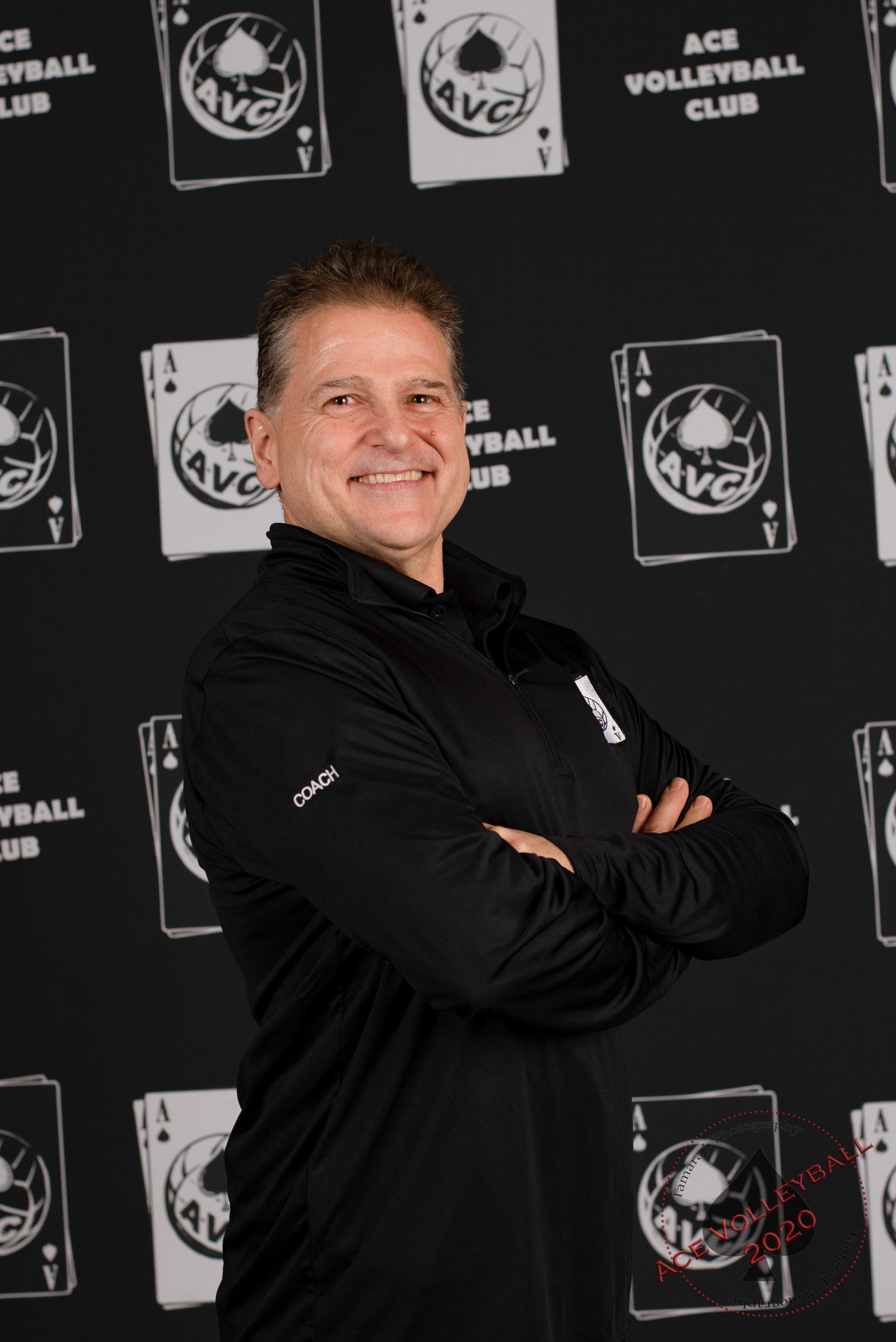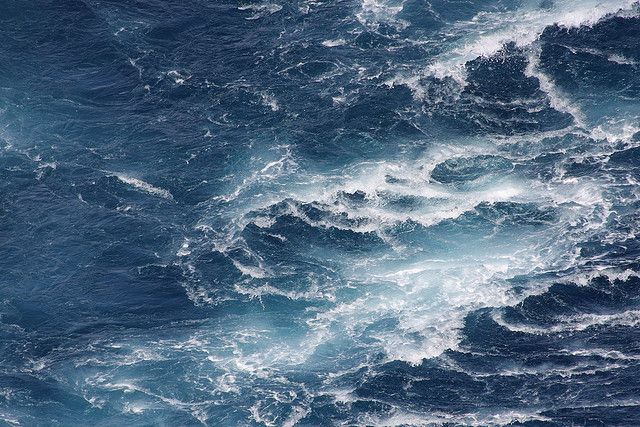Here we are finally at the end of the first year and this year has brought so much to the table. Obviously the big elephant in the room is Covid and the effects it has had on sport, businesses, peoples health and livelihood. As many who have followed my journey so far have come to notice that many of my blogs have been about situations that have happened due to Covid and the struggles on making changes on the fly. For the honor and respect of one of my coaches I do want to throw a special prayer to one of my coaches in my club that has past away due to this. Alan was a great man and a great coach who truly coached unselfishly and for the right reasons. Ace will truly miss him and our thoughts and prayers go out to his family.
Over this past year taking the HPCTL at UBC I got to jump in to an incredible group of coaches in a wide variety of sports. The coaches are at the top of the food chain within their respective sports and this would be the first time I travelled outside my comfort zone of volleyball to work with and learn from other professionals. Not only was this intimidating on a coaching front but intimidating on an academic front, seeing I have not written a paper in 17 years. Jumping into this world was something I was not going to shy away from even with a family tragedy that happened 5 days prior to the start of the course.
I came here to learn from the best, be taught by the best, and embrace new ways on maximizing my athletes performance. This course has not disappointed. Even though Covid has thrown a kink into all sports seasons I have changed my perspectives on the What, How, Why due to this course. Coming from a place where I don’t believe I am overly challenged, I have found myself being complacent in my habits and/or trying to spread myself too thin.
Through this journey, I have found myself changing the ways I think. Someone who never really leaned on statistics, or studies. Now I see myself looking at research papers way more. while also looking at different training methods. Even though I have not had a “normal” year to try these things on court, the silver lining of Covid is that I have had more time to do research for future programs/teams.
Starting off this schooling I had 4 goals that I discussed between David Hill and my mentor Ryan Hofer (Trinity Western Women’s Volleyball Head Coach)
- Incorporate more research based information to help YTP. Improve on workload management for athletes and incorporate into the YTP.
- Learn from other sports who teach at a HP level (Olympic and Pro)
- Add and contribute to my network for long term and a lifetime of continuous learning. Using this network to throw ideas off of. Learn from there success and or mistakes. (Vice versa)
- Position myself to be a strong if not top candidate for a USPORT head coaching position or a post-secondary coaching position down south.
Following up on this year I feel I have been able to reflect on this years goals that were set fourth in June of 2020. Some of these things are still works in progress and will be a continuous work in progress as I travel down my coaching career.
1.
Through the various courses taken in year 1, I have had a chance to really dive into the YTP. This was an extensive outlook not only to a specific team within the ACE program but also a look at the program as a hole. Looking at different aspects of the program/team, I have had a chance to explore a variety of changes that will be put in place for next club season. Some changes include adding dryland and mental training to the high performance program. Our coaching education will be something put at the top of the priority list to ensure proper mentorship for new coaches looking to give back to the volleyball community.
2/3.
Through the program this year I have had made connections with national and pro level coaches in a variety of sports including soccer, downhill skiing, soccer, and baseball. Through these relationships that have been gained through this first of the course will provide great long-term learning for my future career in volleyball. Even though much was learned from the professor’s during the various courses, one of the biggest learning points was listening to the questions asked by other coaches in other sports. This opened up my mind to other perspectives, and ways of thinking by learning from other coaches situations. During the time of this course I created Volleyball Coaches of Canada. This platform has brought all coaches in Canada to a central location to discuss current issues while educating each other within the sport. I have also pursued other groups such as “COACH+ Coffee Club” which has nothing to do with “volleyball” to pursue learning experiences from other coaches in sport. Moving forward I want to be able to create relationships with coaches in other sports that I can phone up and pick their brain once in a while on new coaching techniques.
4.
Over the past 20 years there has been a transition in what a professional coach is. If you asked a random person many would go straight to NHL or NBA coach being a professional coach. Like most things Canada normally is 5-10 years behind the USA standards. Club level sports has taken a huge step towards being more structured rather than mom and pop one off sports teams. Don’t get me wrong they do exist still but parents are now steered more to programs that have proven track records and long term sustainability. This is a double edged sword because with that comes higher prices to play sport. Again a rabbit hole for another day. What I will say is with higher fees, higher expectations, comes more education. Standards for coaches to coach is going up every year. More coaches are looking to pursue coaching as a career and not at the NHL or NBA levels. Taking this course I aspire to be educated and learn ways of maximizing athlete performance. With taking this course I also hope to put myself in the top 3% moving forward on applying for a U-Sport or NCAA job. Even though at this time I don’t know what my future holds I hope that pursuing excellence will open doors for me in the future either at the University or National level.
I want to thank all the teachers for being such amazing facilitators. I want to thank all my fellow students for pushing my boundaries and providing opportunities to learn throughout all the courses. Thanks to Ryan Hofer my mentor. Ryan I have known for 20 years and its weird how the world has ways of bringing people back together. Thank you to my family, this year has had some of the lowest of lows with my father passing away, but also has had some of the highest highs, with my first daughter being born.
Now I look to the future. I am going to pursue the next 2 years with an open mind and challenge myself to continuously pursue excellence. Here is to the past year and looking forward to my final 2 years of the masters program.
In memory of Alan Samchek

